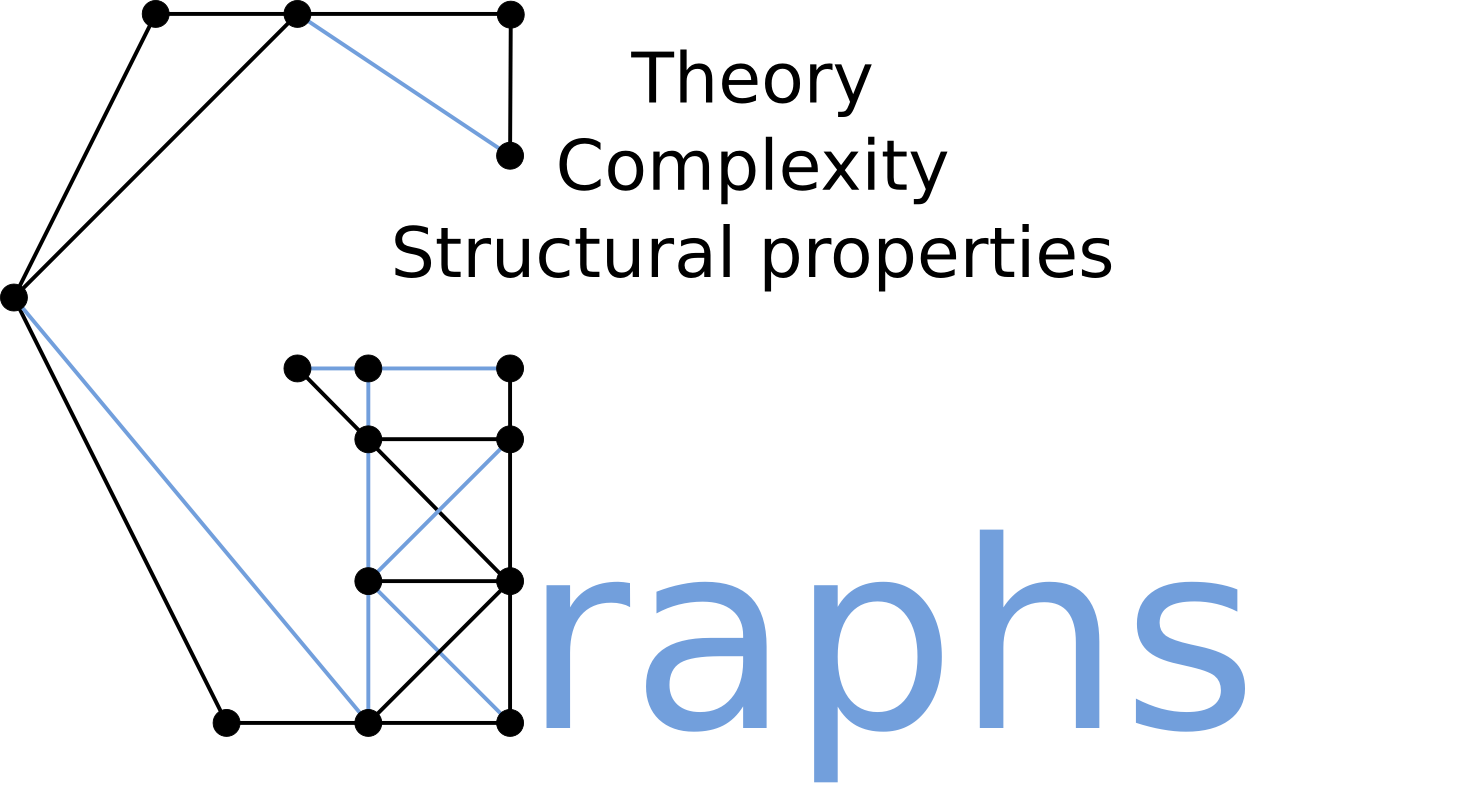Théorie des graphes

Le sujet principal est une point de vue structurel et algorithmique. L'équipe a établi une expertise comprennant les problèmes tel que trouver les grands cylcles d'un graphe donné, colorier un graphe, résoudre des problèmes de couverture, ou faire avancer la théorie des graphes en trouvant les graphes extrèmes répondant à une contrainte.
La généralisation de quelques problèmes est aussi considérée pour les graphes arêtes ou sommets colorés. Par exemple, il a été étudié les graphes couvrants colorés pour des graphes arêtes ou sommets colorés. De manière alternative il a été recherche l'ensemble dominant dans un graphe ayant au moins un sommet de chaque couleur. au delà de l'intérêt purement théoriques ces démarches ont un grand intérêt aussi bien dans le domaine de la bioinformatique que dans celui du Web.
Bon nombre des questions que nous considérons peuvent aussi être déclarée en termes d'optimisation de linéaire. Ce qui ouvre des persepectives.
Nous avons de nombreuses collaborations avec les groupes français : LaBRI, LIRMM, LIAFA et LIMOS aussi bien qu'en Europe, en Amérique du nord et du sud et principalement en Asie avec la Chine, le Japan, l'Inde.
Reconstruction de graphes par oracle de distance
summary: Étant donné un graphe connexe G = (V,E) où les sommets sont connus et les arêtes sont cachées, nous avons accès à un oracle capable de répondre aux requêtes suivantes : étant donné deux sommets u et v dans V, l'oracle retourne la distance d'un plus court chemin ...
Decision-Theoretic Approaches in Learning-Augmented Algorithms
summary: We initiate the systematic study of decision-theoretic metrics in the design and analysis of algorithms with machine-learned predictions. We introduce approaches based on both deterministic measures such as distance-based evaluation, that help us quantify how close the algorithm is to an ideal solution, as well as stochastic measures that ...
Packing many dominating sets in a graph
summary: Given a graph G, a dominating set of G is a subset of vertices S such that every vertex not in S is adjacent to at least one vertex in S. While classical studies focus on finding the smallest dominating set of G, our focus shifts to finding the ...
Translations: en


